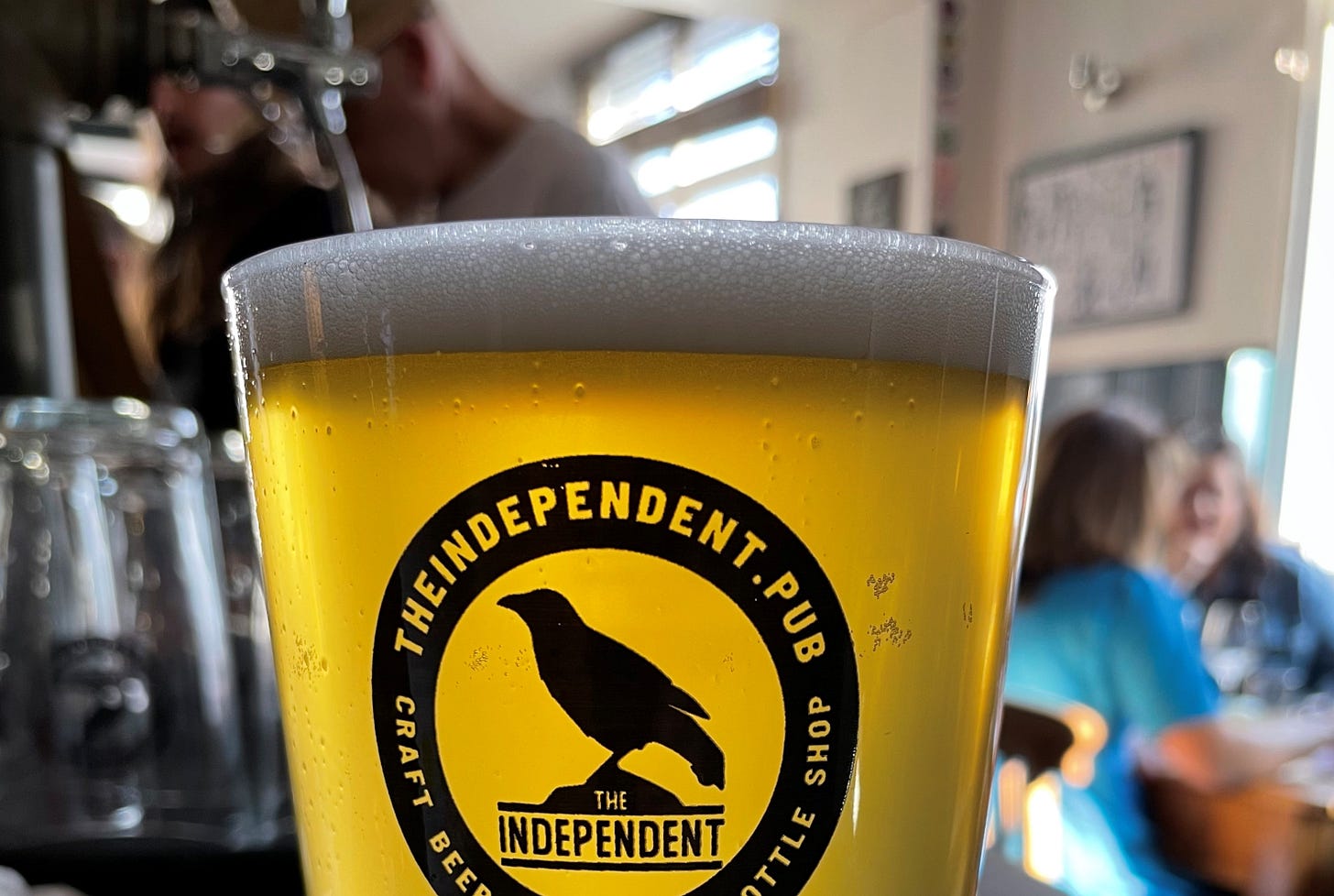Cask: the real story of Britain’s unique beer culture
(Des de Moor, Camra Books £17.99)
By Phil Mellows
Like the forgotten library book, Cask feels long overdue. Yet also timely. As Des de Moor says, there are some who’ll tell you that cask beer is in perpetual crisis, a product that should by now have been superseded here, as it has in the rest of the world. Where else would a brewer trust a retailer to finish making their precious creation?
Since Covid, though, and the ‘Big Pour’ when, with no pubs to serve it, millions of pints were literally tipped down the drain, cask has felt more vulnerable than ever. On de Moor’s own home patch – he’s also the author of a definitive guide to London’s pubs and bars – many publicans have noticeably given up on it. Elsewhere, too, handpumps have been repurposed as blue-roll holders.
As this book makes clear, cask beer does not survive in a vacuum. The rise of craft has brought more profitable alternatives to the bar – and you don’t have to finish the keg in three days.
So it was when cask almost disappeared half a century ago, driven out by mass-produced keg bitters and lagers that delivered the consistency that ‘living’ beers were failing on.
Briefly, falling alcoholic strength had made it more difficult for continuing fermentation in the pub cellar to properly ‘condition’ the beer, to give it a head that clings to the glass, and a body with that natural spritzy tingle. If it’s an egregious myth that cask ale is flat, perhaps this is where it comes from.
De Moor reluctantly concedes, too, that publicans had a habit of pouring the slops back into the dark mild. My dad always warned me never to drink the mild as that was what his dad, an East End publican, used to do.
Yet cask was saved by an unlikely consumer movement in league with family brewers determined to keep their point of difference against the power of the Big Six brewers.
It’s a remarkable story that de Moor tells well, having set it up with a clear explanation of what makes cask different, and what it is, exactly, that goes into a good pint. He methodically takes us through how beer is made, how casks work and what goes on, or should go on, in the pub cellar.
There are chapters on alternative means of dispense, styles of cask beer and how to taste them, and then a whole history of beers in casks and how this ‘traditional’ product has evolved. It’s not quite the timeless brew we like to imagine.
Right now craft brewers are producing cask beers in modern styles. Some can be hazy, a challenge for bar staff, who have to explain it to more experienced drinkers who expect a clear pint. But they can be excellent – like the Endless Summer session IPA from Nottingham’s Black Iris Brewery I tried last week (pictured).
De Moor makes a powerful case for cask’s survival, and how that might be achieved. And in the concluding paragraphs he suggests what the future of cask might look like, a future we can already see emerging as cask beer becomes a niche product, never again the drink of the masses.
Or perhaps, in a happier scenario, small and family brewers will continue to brew distinctive cask ales and focus on selling them at nearby pubs. The beer will be fresh, as intended, and unique to that part of the country, becoming a part of the local identity. And people may travel from afar to drink them – on a British beer break, perhaps.




Thanks for sharing this review. I look forward to picking up the book in the next couple of weeks.